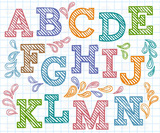
Using this lesson, students will gain a more concrete understanding of letter names and sounds.
- Subject:
- English
- Special Education
- Material Type:
- Activity/Lab
- Author:
- Kristi Gordon
- Date Added:
- 08/05/2020

Using this lesson, students will gain a more concrete understanding of letter names and sounds.
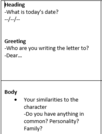
A general template of structure strips to use after reading a text. Students will use these strips to make a connection with a character.
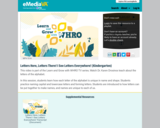
This video is part of the Learn and Grow with WHRO TV series. Watch Dr. Karen Drosinos teach about the letters of the alphabet.
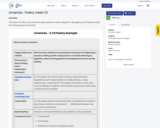
This lesson is meant to be used with upper grades to explore algorithm, debugging, and looping through the writing process of limericks.

A literacy narrative is a piece of writing that describes how you learned something significant about yourself as a reader and/or writer. Literacy narratives are usually told in story form and are heavily reflective. Students will work independently to write a literacy narrative that demonstrates their relationship with reading and/or writing.

English Instructional Plan – Literary Analysis through Close Reading
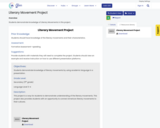
Students demonstrate knowledge of Literary Movements in this project.

This resource provides a simple, focused grading tool to assess literature analysis. It can be applied to demonstrations of skill through writing or speaking.

This resource provides a simple, focused grading tool to assess poetry analysis. It can be applied to demonstrations of skill through writing or speaking.
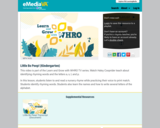
This video is part of the Learn and Grow with WHRO TV series. Watch Haley Cooprider teach about identifying rhyming words and the letters a, s, l, and p.

Use this resource set to guide young learners as they explore and interpret a diverse group of six artworks from the Virginia Museum of Arts collection.
Under the "suggested activities" menu next to each artwork, you will find link to an educator-led "Little Eyes Look" video. Using an inquiry-based approach that fosters curiosity and creative thinking, educators introduce viewers to vocabulary related to both art-making and the subjects depicted in the artworks. Students consider artistic intention and decision-making and are supported by factual content about artists's lives and art-making practices.
Three open-ended engagement activities are also suggested with each work. These simple exercises can be used to foster extended thinking about each piece.
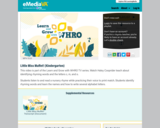
This video is part of the Learn and Grow with WHRO TV series. Watch Haley Cooprider teach about identifying rhyming words and the letters c, m, and o.

English Instructional Plan- Long Vowel Patterns: Vowel Teams
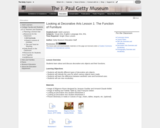
Students learn about and discuss decorative arts objects and their functions.

Students will make connections between their personal experiences and landscapes.
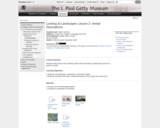
Students will practice their speaking skills while describing a landscape scene for a partner to draw.
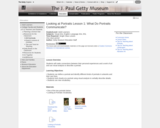
Students will make connections between their personal experiences and a work of art and use visual analysis to describe a portrait.
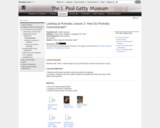
Students will "read" a visual image very much like they would read words in a story.
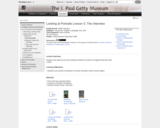
Students will spend more time looking at details and write an imagined interview with a sitter.